From March 1, 2024, the Department of Telecommunications - Ministry of Information and Communications and network operators officially blocked the entry of new networks for 2G phones not on the list of certified compliance prescribed by the Department of Telecommunications. This is to implement the roadmap to stop old mobile technology, popularize smartphones to promote the digital economy and digital society. In Phu Tho, the Department of Information and Communications has developed a plan, agreed with telecommunications units to strengthen propaganda and implement optimal conversion support plans for users.
Ms. Nguyen Thi Hen in Nong Trang ward, Viet Tri city (left) is using a 2G phone and said she will proactively switch to using a smartphone with 4G connection.
Inevitable trend
Vietnam is one of the countries that "takes a shortcut" in applying new technology at a time when analog networks are still popular, applying 2G networks since 1993. After nearly 30 years, the 2G network has become outdated, unable to keep up with the development of telecommunications services as well as the need for high-speed, large-capacity internet access to handle administrative procedures, work, business, shopping on e-commerce platforms and entertainment... In addition, the 2G network has exposed many information security vulnerabilities that are being exploited by cybercriminal organizations, potentially causing damage to users.
The above reality requires new, stronger, faster, and safer mobile network alternatives. Since 2020, Vietnam has been considered one of the first countries to successfully pilot and apply 5G with a number of network operators. Up to now, the 5G network has been piloted in 55 provinces and cities. However, the cost of operating 2G, 3G, 4G, and 5G networks at the same time is quite expensive for network operators. Therefore, turning off 2G waves is to optimize frequency planning, telecommunications network infrastructure, and operating costs to meet the requirements of the national digital transformation process, building a digital economy , and a digital society.
According to Mr. Nguyen Manh Hung - Head of Post and Telecommunications Department, Department of Information and Communications: Turning off 2G waves will help businesses reduce most of the costs for maintaining and operating the 2G network infrastructure system. Businesses will have a competitive advantage when they are ready to provide customers with quality services and more security and safety than the old 2G technology...
In Official Dispatch No. 4833/BTTTT-CVT, dated September 27, 2022, the Ministry of Information and Communications has oriented the roadmap for implementing the plan to turn off 2G waves nationwide. Accordingly, from September 2024, there will be no more 2G subscribers on the mobile network. However, from September 2024 to September 2026, the Ministry will still license network operators to maintain 2G technology to provide services to 3G and 4G subscribers without voice services. From September 2026, the 900 MHz band (currently used for 2G) will be recovered, auctioned and licensed for 4G and 5G. The policy of stopping 2G technology and switching to 4G is in line with the general trend of the world , contributing to promoting people to switch to using faster, higher quality telecommunications services, promoting digital transformation. At the same time, eliminate old, outdated technology, free up bandwidth, save resources for new technologies, and provide better services to people.
Maximum support for users
In Phu Tho province, the total number of 2G mobile information transmitting and receiving stations (BTS) in the province is 869 (accounting for 23.6% of the total number of BTS stations in the province). Of which, the number of 2G BTS stations of Viettel accounts for the majority (55.6% of the total number of 2G BTS stations in the province), followed by VinaPhone with the number of 2G BTS stations accounting for 31.1% of the total number of 2G BTS stations in the province.
Since 2021, VinaPhone and Mobifone have gradually turned off 2G BTS stations. Of which, VinaPhone has turned off a cumulative 86 2G BTS since the end of 2021 (24.2% of the total number of 2G BTS of the enterprise); Mobifone has turned off a cumulative 135 2G BTS since the first month of 2022 (53.8% of the total number of 2G BTS of the enterprise). Viettel does not turn off 2G BTS but focuses on turning off 3G BTS, from the end of 2022 until now has turned off a cumulative 563 3G BTS (78.3% of the total number of 3G BTS of the enterprise).
Viettel Phu Tho staff guide customers to use convenient applications on smartphones
According to the survey, the whole province has 151,742 2G subscribers (accounting for 11.6% of the total number of subscribers in the whole province). Of which, the number of 2G subscribers is mainly Viettel network (accounting for 80% of the total number of 2G subscribers in the whole province). Monitoring subscriber data in the last 3 consecutive months (from December 2023 - February 2024) shows that the number of 2G subscribers of VinaPhone and Mobifone has gradually decreased over time (average about 01%/month), however, the change of Viettel 2G subscribers is not stable, not in a positive direction, there are months when 2G subscribers do not decrease but increase, although in the past time, the enterprise has actively implemented activities to support the conversion of 2G subscribers to 4G.
Customers using 2G waves are mostly the elderly, women, people in remote areas, have low access to information, face barriers in skills and equipment replacement costs. Therefore, to implement the roadmap for shutting down 2G waves, the Department of Information and Communications is coordinating with telecommunications enterprises to survey the current status of subscribers using 2G waves; actively propagating through many information channels so that people clearly understand the policy and roadmap for shutting down 2G waves. Encourage telecommunications enterprises to build specific programs to support customers to switch from using 2G waves to 4G. In particular, the Department strengthens management to prevent enterprises from importing, buying and selling 2G, 3G mobile phone devices or using 2G, 3G technology at the same time but not integrating 4G technology, devices that do not meet the Technical Regulation QCVN 117:2023/BTTTT of the Ministry of Information and Communications.
In addition, telecommunications companies have proactively turned off some 2G stations that do not generate traffic. At the same time, they have built specific conversion scenarios for customer groups such as the elderly and people living in rural areas with low incomes with programs such as support for changing devices, subsidies, and attractive packages to help subscribers switch to 4G; reduce promotions for 2G services, increase promotions for 4G users; arrange staff to upgrade 4G SIM cards for subscribers; directly support people to install basic features and instruct them on how to use the device to avoid communication interruptions...
It can be seen that turning off 2G waves is an inevitable trend in the world, contributing to eliminating low service quality, reducing operating costs, in line with the national digital transformation program by 2025, with the orientation to 2030 of popularizing 4G, 5G mobile networks and smartphones to every Vietnamese person./.
Source





![[Photo] Prime Minister Pham Minh Chinh received Mr. Yamamoto Ichita, Governor of Gunma Province (Japan)](https://vphoto.vietnam.vn/thumb/1200x675/vietnam/resource/IMAGE/2025/10/21/1761032833411_dsc-8867-jpg.webp)

![[Photo] Prime Minister Pham Minh Chinh meets with Speaker of the Hungarian National Assembly Kover Laszlo](https://vphoto.vietnam.vn/thumb/1200x675/vietnam/resource/IMAGE/2025/10/20/1760970413415_dsc-8111-jpg.webp)

![[Photo] Da Nang residents "hunt for photos" of big waves at the mouth of the Han River](https://vphoto.vietnam.vn/thumb/1200x675/vietnam/resource/IMAGE/2025/10/21/1761043632309_ndo_br_11-jpg.webp)





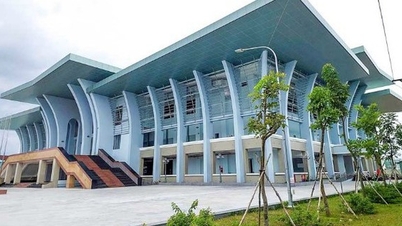





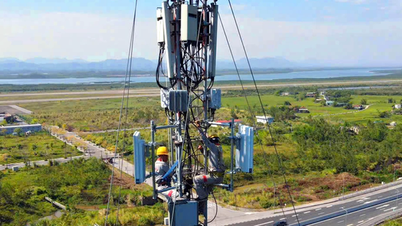



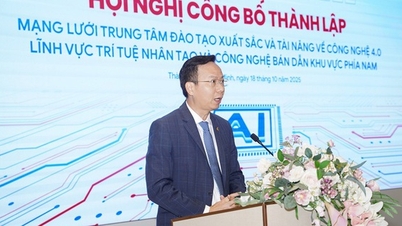
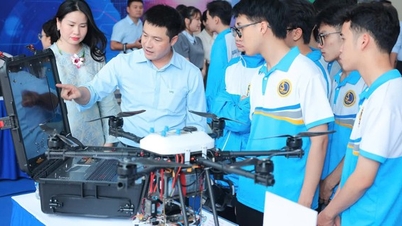



















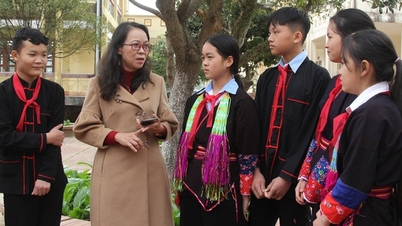





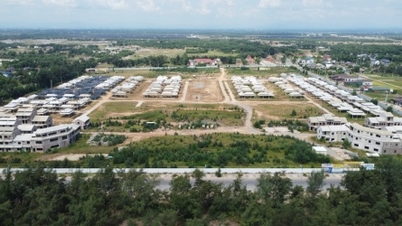











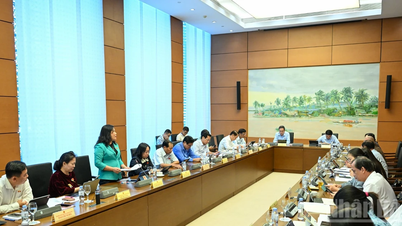
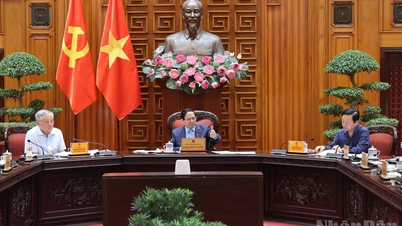
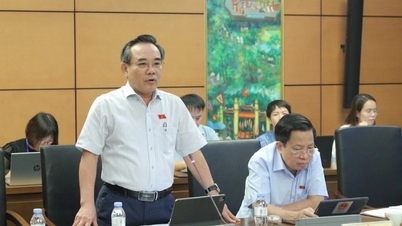
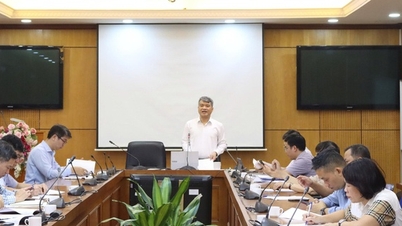
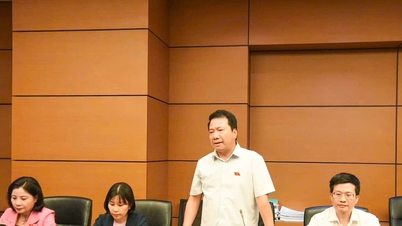

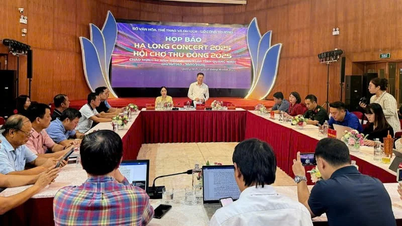





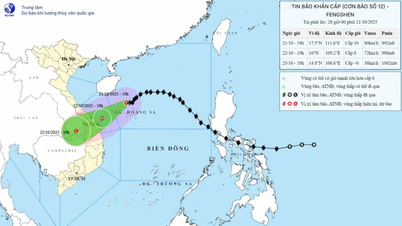

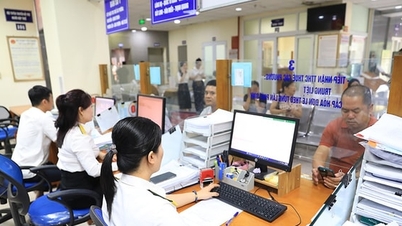



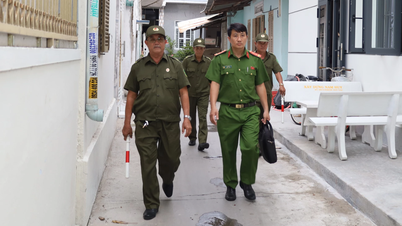














Comment (0)